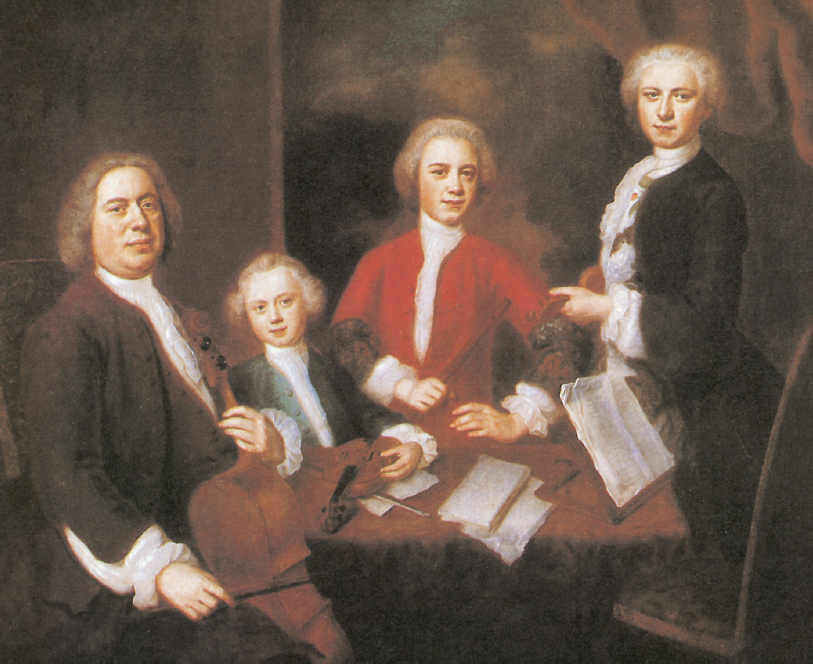2 | Fugue
Fugue is one of the most impressive and characteristic achievements of Baroque music, indeed of Baroque culture altogether. In broad, general terms, fugue can be thought of as systematized imitative polyphony (see pages 29–30). Composers of the Middle Ages first glimpsed imitative polyphony, and Renaissance composers developed it; Baroque composers, living in an age of science, systematized it. The thorough, methodical quality that we pointed to in Baroque music is nowhere more evident than in fugue.
A fugue is a polyphonic composition for a fixed number of instrumental lines or voices — usually three or four — built on a single principal theme. This theme, called the fugue subject, appears again and again in each of the instrumental or vocal lines.
The term fugue itself comes from the Latin word fuga, which means “running away”; imagine the fugue subject being chased from one line to another. Listening to a fugue, we follow that chase. The subject stays the same, but it takes on endless new shadings as it turns corners and surrounds itself with different melodic and rhythmic ideas.
